How Do Animals Survive In The Deep Ocean
The majority of the deep sea is so sparsely populated that food is hard to find; Less amount of research has been done about deep sea creatures as the expenses of equipments for exploring deep sea is high these creatures must survive in extremely harsh conditions, such.

Mysterious Creatures of the Mariana Trench WORLD MYSTERIES
There’s less food, and the extreme cold and pressure take up more resources to hunt and process meals.

How do animals survive in the deep ocean. Sunlight penetrates here, it requires less specialization for seeing. Animals adapt to their environments to help them survive. A variety of deep ocean animals, from plankton to cnidarians to fish, use bioluminescence as their main form of communication.
This is the primary source of food for many animals that live on or near the surface. When the luciferase is oxidized, it emits light (fireflies carry the same protein). Organisms living in the deep ocean must survive in a physical environment that is radically different from ocean habitats near the sea surface.
First off, the deep ocean is dark because sunlight can’t penetrate very far into the water. With the absence of sunlight and photosynthesis, creatures that live in the deep sea turn to chemosynthesis. Ocean animals have unique adaptations depending on what ocean habitat they live in.
Many animals are red, pink, or black to blend into the darkness. Cuvier’s beaked whales can also reduce their heart rate and temporarily stop the blood flowing to certain parts of the body, which helps the. This week we're diving into the world of deep sea creatures and what helps them handle the pressure of living so far below the surface.
The survival of the marine creatures in less oxygen supply is made possible by several factors. Animals adapt to their environments to help them survive. Furthermore, while some creatures do have air in their ear canals (and some even have sinuses in their head cavity), the tissues lining these cavities are often highly flexible, and can readily expand, thus forcing out.
For many deep sea animals, the deeper they live the more tmao they have in their bodies. This region is not much explored. Unique anatomical structures, proteins, and cell membranes allows them to withstand crushing pressure and darkness.
Deep sea creatures refer to organisms that live below the photic zone of the ocean. Organisms living in the deep ocean must be adapted to survive under extreme pressure, limited light, cold temperatures, and other factors. This helps them to survive longer without food.
Water depth, temperature, and the presence or absence of light are some of the conditions that differ in these habitats. From special adaptations to unique modes of life, this lesson will explore a few examples of the animals in the deep sea. More people have visited the surface of the moon than have traveled to the depths of the sea.
The ocean has three broad habitats: Deep sea creatures have evolved some fascinating feeding mechanisms because food is scarce in these zones. However, the harsh living conditions so deep in the ocean mean that they have certain characteristics in common.
The intertidal zone, the pelagic zone, and the abyss. A predatory animal has to be prepared to eat whatever it comes across. In the depths of the ocean live many wild and diverse sea animals.
The process sees tiny microbes using chemical energy instead of light to combine water and carbon dioxide to make sugar. As plankton dies, it sinks and becomes food for animals that live deeper in the water column. Most animals at these depths survive by hunting, and those that don’t hunt feed on the animal remains that gradually sink to the bottom.
The photic zone lies few hundred meters below the water; Many animals make their own light, called bioluminescence, to communicate, find mates, scare predators, or attract prey. For the most part, when you start to go deep, the animals get smaller.
The lack of sunlight prevents photosynthesis and, therefore, no plant species can grow down there. In the surface waters, marine plants called phytoplankton use the sunlight to grow by photosynthesis. Ocean animals have unique adaptations depending on what ocean habitat they.
No presence of sunlight means that the temperatures are extremely cold in deep places. While there are plenty of instances of deep sea gigantism, the vast majority of creatures here are getting smaller. One way squid counteract this is by loading their bodies with trimethylamine oxide or tmao, which helps large molecules keep their shape.
Most of the deep sea animals have a very slow metabolism as a result of the cold temperature.

5 Sea Creatures of the Bathypelagic Zone
Top 10 Creepy Deep Sea Creatures Scary Ocean Monsters

Eerie, Beautiful Photos of Deep Sea Creatures by a Marine
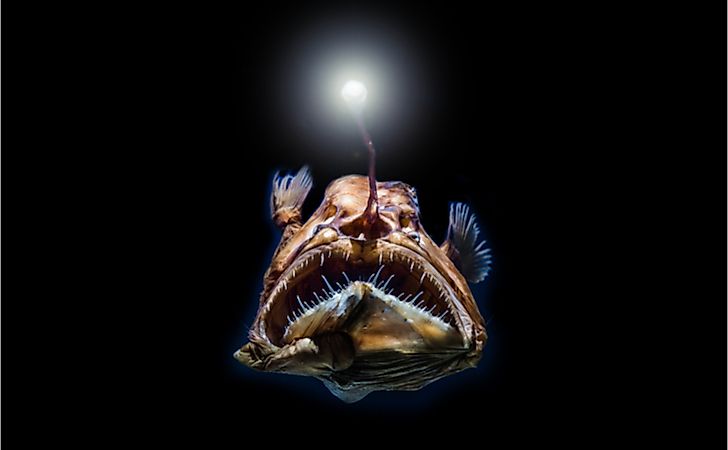
How Do Deep Sea Creatures Survive The High Water Pressure

Deep Sea Creature Fish That Live On The Ocean Floor
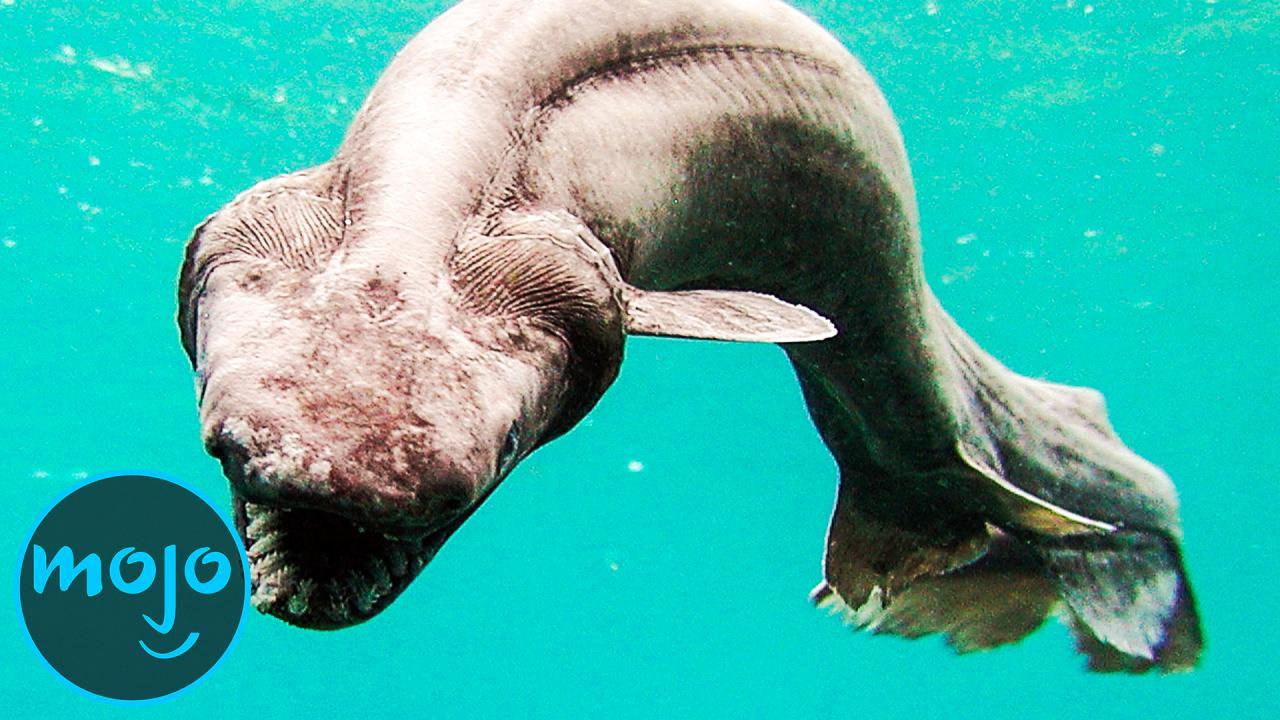
Top 10 Mysterious Creatures That Live in the Deep Sea

Deep sea Animals Deep Sea Animals Which You Never Want
Top 10 Deep Sea Creatures That Will Haunt Your Nightmares
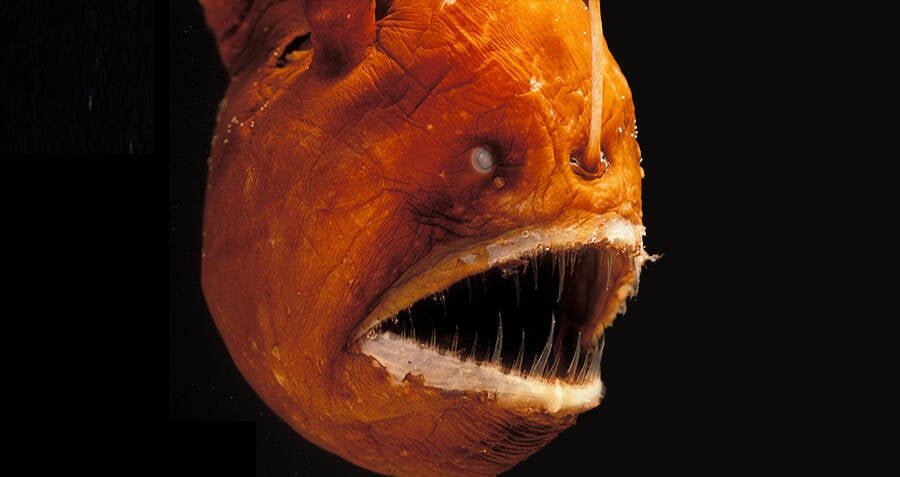
7 Sea Animals So Weird You Won't Believe They're Real
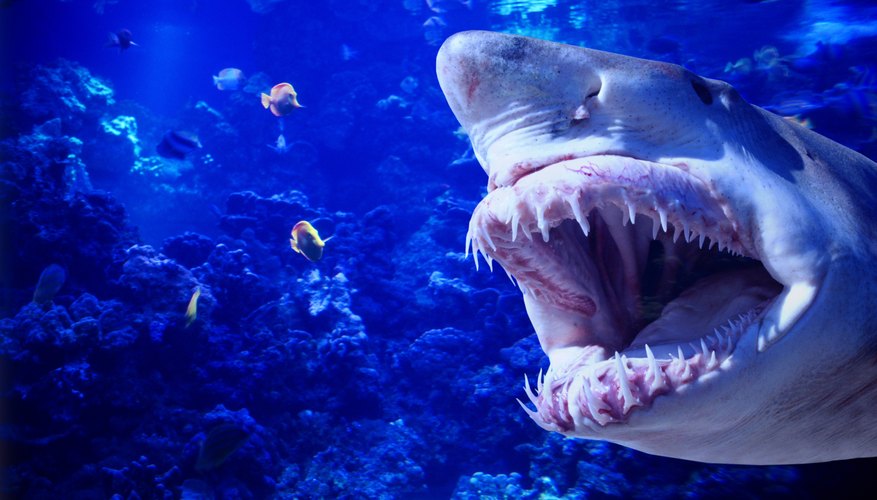
Ocean Ecosystem for Kids Sciencing
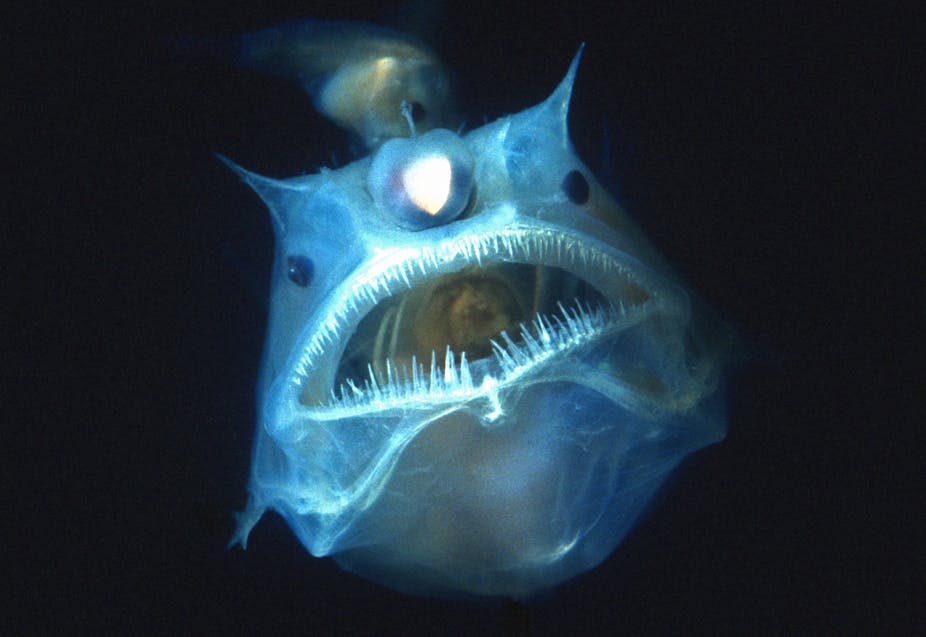
Curious Kids how do creatures living in the deep sea stay
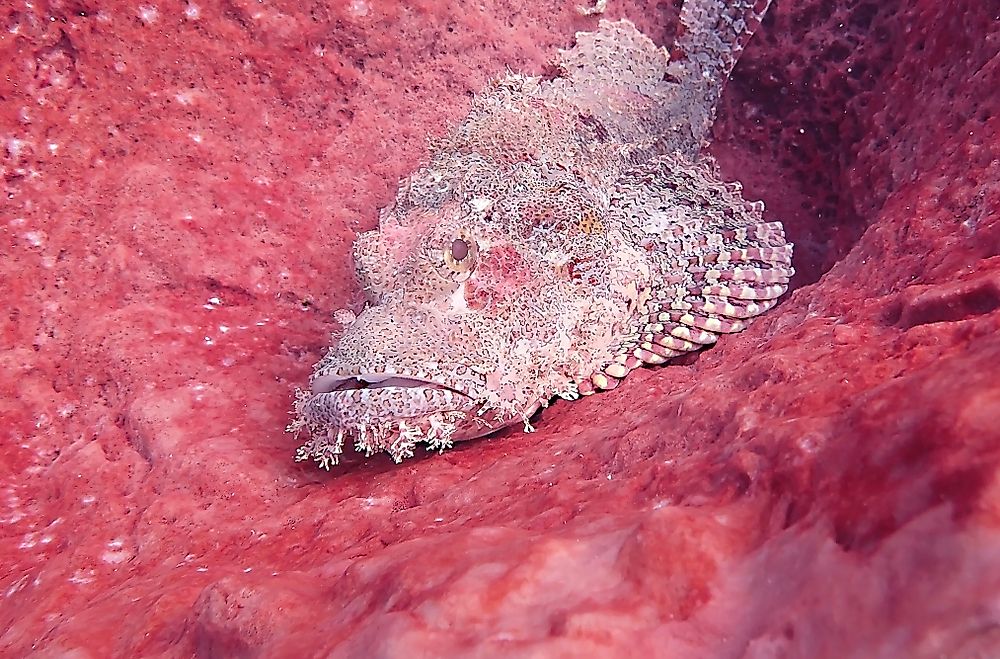
Animals That Live in the Deep Ocean

Marine Monsters 18 Deep Sea Creatures You Might Not Know
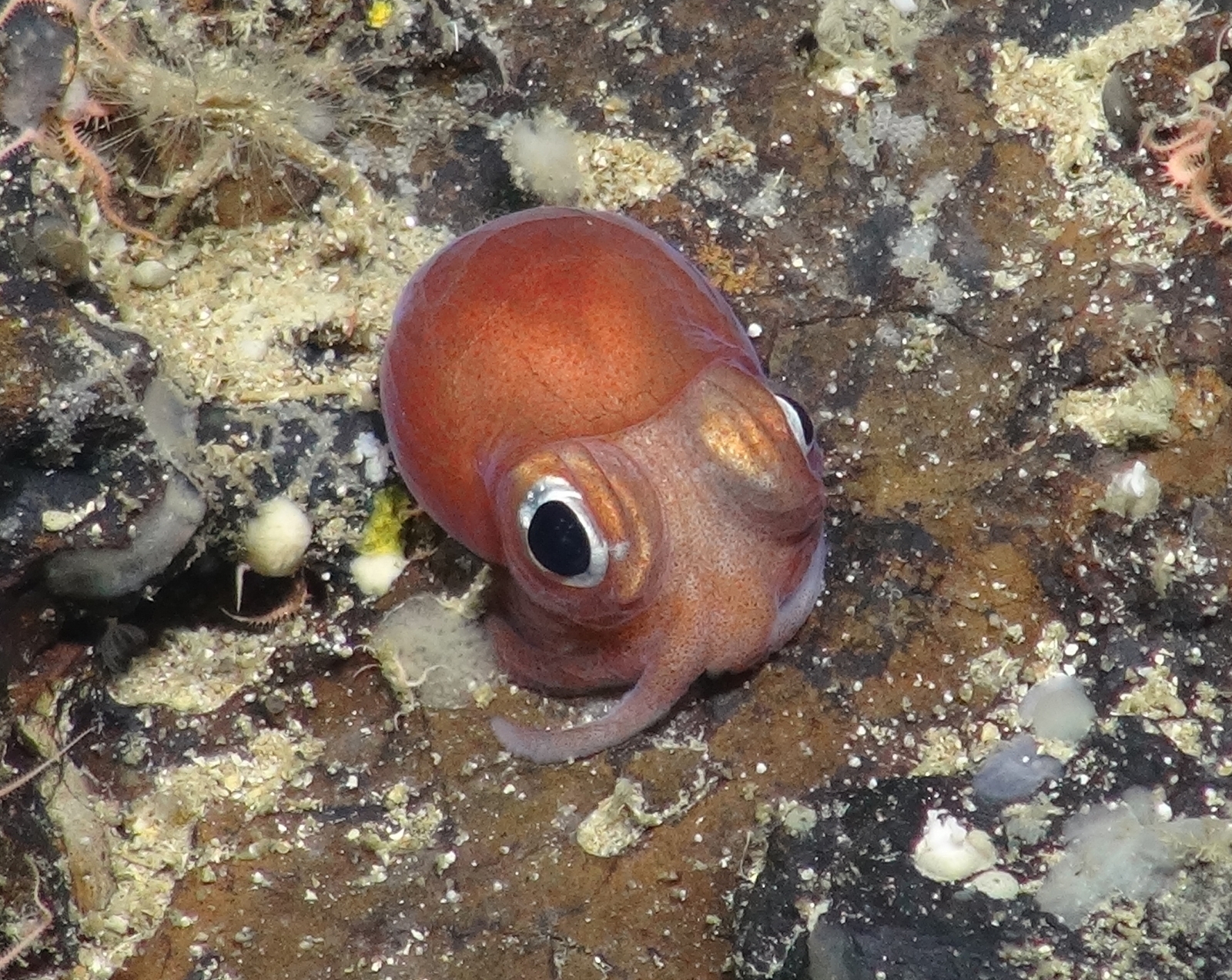
Trawling is destroying our deepsea coral gardens and the
Deep Sea Creature Click Quiz By bhenderson79
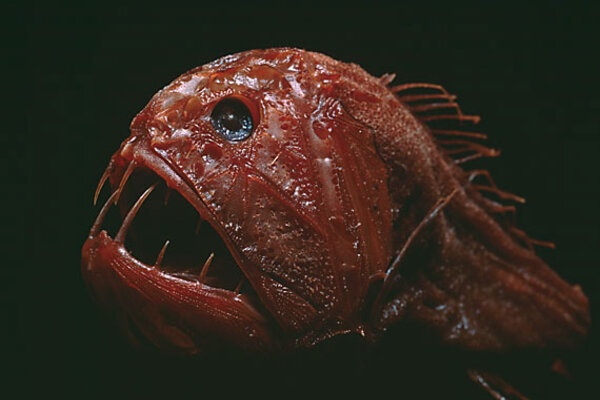
Move over blobfish, the fangtooth is scarier
Deep Sea Creatures 7 Of The Most Mysterious Ocean Animals

Blobfish live deep in the ocean, where pressures are

Post a Comment for "How Do Animals Survive In The Deep Ocean"